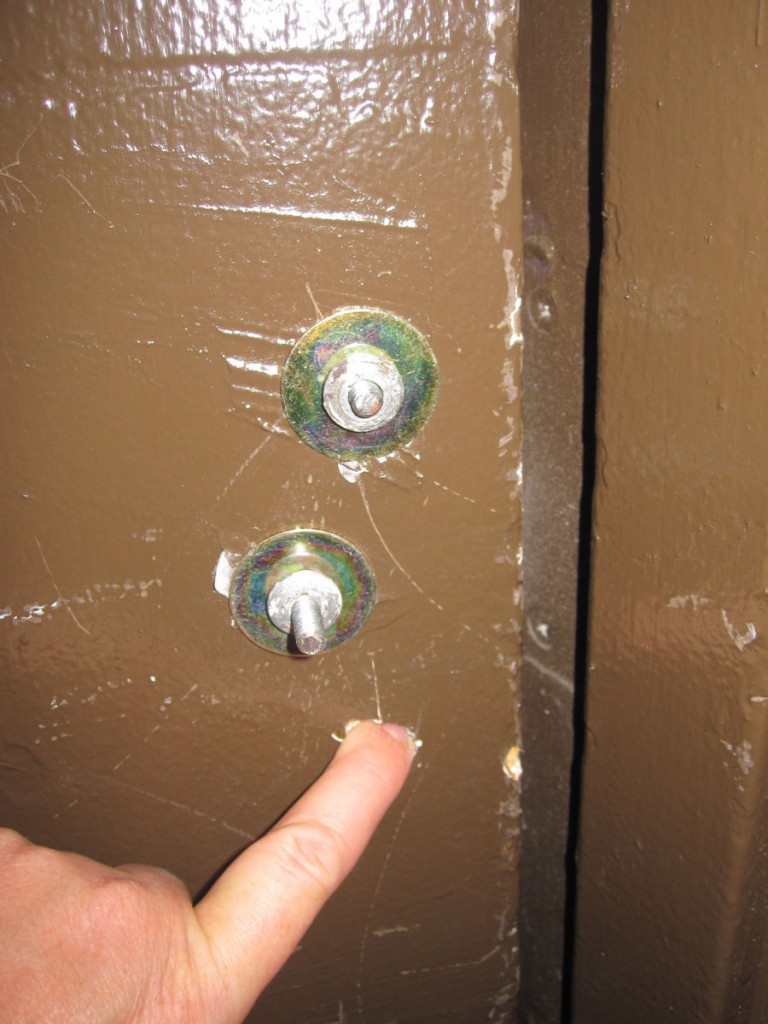 Whenever I teach a class on fire door inspection, questions always come up about holes in fire doors and how to fill them. I promised a class of 120 last fall at the Yankee Security Conference that I would write a blog post about it, but there was really no good solution, particularly for wood doors – until now.
Whenever I teach a class on fire door inspection, questions always come up about holes in fire doors and how to fill them. I promised a class of 120 last fall at the Yankee Security Conference that I would write a blog post about it, but there was really no good solution, particularly for wood doors – until now.
Here’s what NFPA 80 says about filling holes in fire doors (2007 and 2010 editions):
5.2.15.4 When holes are left in a door or frame due to changes or removal of hardware or plant-ons, the holes shall
be repaired by the following methods:
(1) Install steel fasteners that completely fill the holes
(2) Fill the screw or bolt holes with the same material as the door or frame
The sixty-four thousand dollar question is, “What is the ‘same material’ as a wood door?” And on a hollow metal door, is covering the holes with a steel plate the same as filling the holes with the same material as the door? A common fix that I’ve seen on hollow metal doors is to fill the holes with steel screws, grind off the screw heads, smooth it out with some automotive body filler (Bondo), and paint over it. But what about wood doors?
I have a pal who is a fire marshal for a large government facility with multiple buildings. One of the common issues he sees when inspecting their own fire doors, is the use of filler materials that are not listed for use on fire doors. In his search for a solution to this problem, he contacted several listing agencies, manufacturers of various fillers, and even the Joint Commission. While the listing agencies and manufacturers seemed open to the use of automotive body filler (Bondo) for filling small blemishes in hollow metal doors and frames, they confirmed that it was not acceptable for filling holes. There was also concern about using materials which contain chemicals and in some cases carcinogens. But given the lack of feasible options other than replacing the door, some AHJs may have accepted these fillers, or not realized that they had been used.
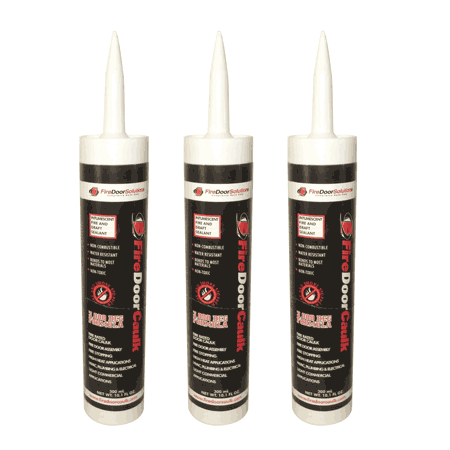 Finally – FINALLY! – a filler has been successfully tested for use on wood fire doors, and can be used to fill holes a maximum of 3/4″ in diameter on a wood door rated for up to 90 minutes. Fire Door Caulk from Fire Door Solutions is listed by Intertek under the Warnock Hersey mark. It has been tested per the requirements of NFPA 252, UL10B, UL10C, and CAN S104. Fire Door Solutions also stocks a product for use on fire rated hollow metal doors – Fire Door Thru-Bolts. They are available in 1/4″ or 1/2″ diameter for doors 1 3/4″ to 2″ thick.
Finally – FINALLY! – a filler has been successfully tested for use on wood fire doors, and can be used to fill holes a maximum of 3/4″ in diameter on a wood door rated for up to 90 minutes. Fire Door Caulk from Fire Door Solutions is listed by Intertek under the Warnock Hersey mark. It has been tested per the requirements of NFPA 252, UL10B, UL10C, and CAN S104. Fire Door Solutions also stocks a product for use on fire rated hollow metal doors – Fire Door Thru-Bolts. They are available in 1/4″ or 1/2″ diameter for doors 1 3/4″ to 2″ thick.
Check out the products offered by Fire Door Solutions here, and let me know what you think! If you have any questions, just leave a comment and I will get you an answer.
**********************
You need to login or register to bookmark/favorite this content.

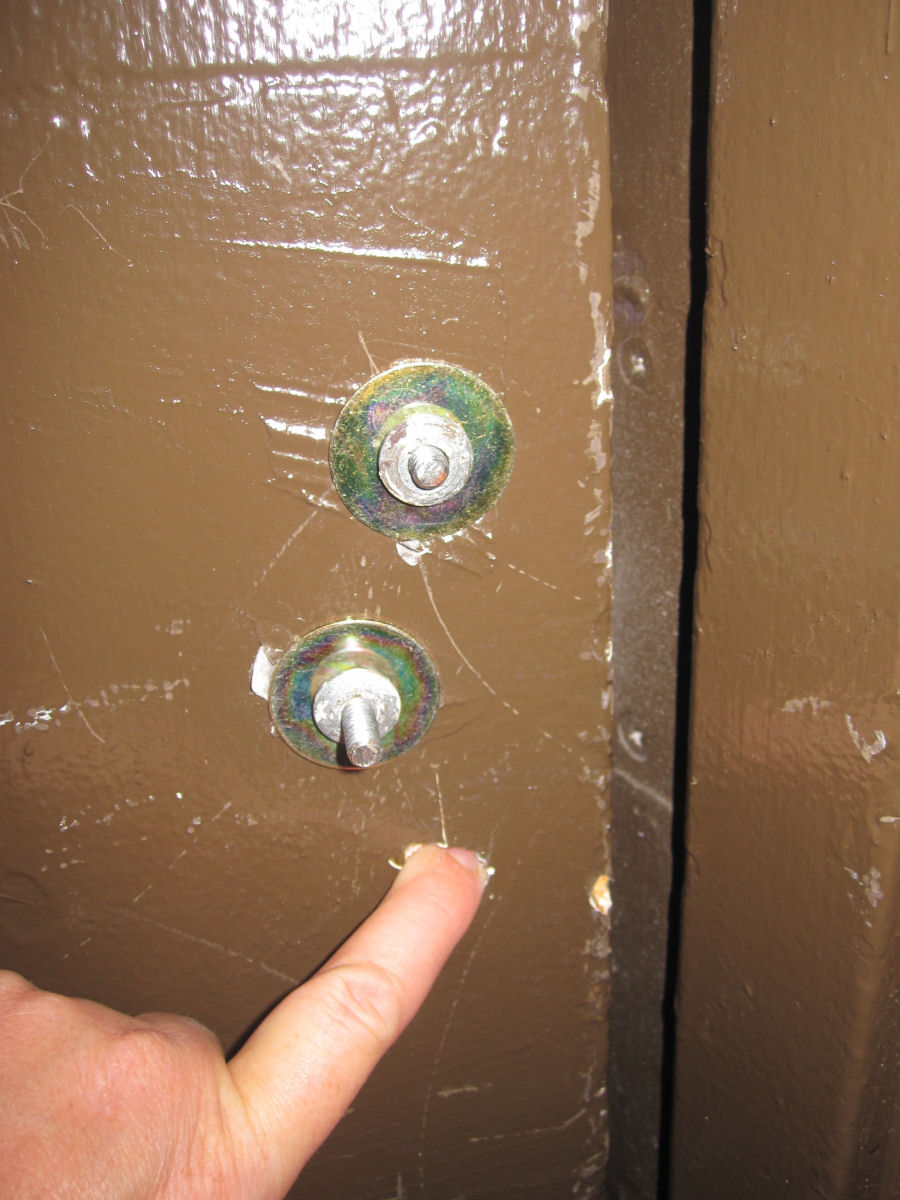
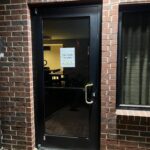

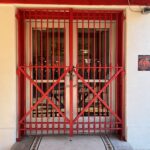

Thank you LORI,
I know you have just answered a big question for lots of us.
You are amazing.
Awww…shucks! Thanks, but I’m just the messenger. The guys who went through the testing process should get all the credit.
What about fire door chalking for 3.5 hour steel door?
Hi Jerry –
I have not yet seen a caulk that is approved for use on a hollow metal door. Depending on what size holes you’re trying to fill, maybe steel thru-bolts would work?
– Lori
Does the caulk set to a hardness that can be pilot drilled into for hardware mounting?
Hi Nicole –
Here is the answer I received from Fire Door Solutions:
“Our repair technicians have done that before and have not had an issue with the hardware being mounted securely. The fire door caulk has a lot of limestone as one of the ingredients in manufacturing the caulk which gives it the durability. Hope this helps. I would just recommend that the caulk setup for at least 72 hours before predrilling it.”
Hello, I am not seeing a clear answer on my question. What I would like to know is
on a wood door can a hole be filled with a wood dowel rod? I did go through the
fire door course with Jeff Cook and Mike Fox Jr. Just do not remember the answer?
Thanks, John
Hi John –
The answer to that question would be up to the door manufacturer. NFPA 80 says the holes have to be filled with steel fasteners or the same material as the door or frame. While a wood dowel might seem like the same material as a wood door, the wood door core is obviously not solid wood so a manufacturer may or may not allow that method of repair. There is a fire door caulk that can be used to fill some holes in wood doors: http://www.firedoorsolutions.com/products-page/.
– Lori
I have a project in California where the inspector is saying the perimeter of all fire rated hollow metal frames must be caulked with a fire caulk. I have never heard of that requirement anywhere. Have you heard of such requirement?
We were told by our Life Safety Surveyor we could not use Caulk on our nursing home doors since NFPA 101-2012 recognizes NFPA 80-2010 and that does not recognize fire caulk.
Hi Alan –
Most caulk is not listed for use in fire doors, but Fire Door Caulk is listed for wood doors with holes up to a certain size. Although this is not specifically mentioned in NFPA 80-2010, the AHJ could approve it as an equivalency. I don’t know why they wouldn’t, since it is listed for that purpose.
– Lori
What color is this caulk and can it be stained
Hi Chris –
I haven’t seen it myself, but I’m sure the company that sells it can help you.
– Lori
Where can I buy the the the filler for filling a hole in my F D 30 door and the specification sheet for the filler many thanks Geoff
Hi Geoff –
There is a link in the post to Fire Door Solutions where you can buy the filler. I’m sure they can answer any questions you have and provide the needed documentation.
– Lori
Hi Lori… in a situation where a customer is removing a classroom mortise lock that also has a thumb turn on the inside (rose trim) and wants to convert to a passage function mortise lock, is it acceptable to cover the holes in the door left by the mortise cylinder on the outside and the thumb turn on the inside with the escutcheon plate from the new passage mortise lock? Or should those holes be filled? If filled, what’s the best way to fill these holes?
Ultimately, as in all cases, this would up to the AHJ. However, I don’t see how this would be any different than ordering a door with a Gov’t 86 prep (which if you are not familiar with this, is a elongated hole that encompasses the lever and cylinder prep) this allows any function to be used and is designed for full escutcheon trim.
This would be my argument for allowing what you are proposing.
I hope this was helpful.
-Mark